The Select Subcommittee on the Coronavirus Pandemic, led by Chairman Brad Wenstrup (R-OH), embarked on a year-long investigation into the origins of COVID-19 in early 2023.
Extended Mission

Their mission extended beyond pinpointing the pandemic’s source, encompassing efforts to bolster mechanisms to avert similar global emergencies. Here are the pivotal moments and findings from the COVID-19 origins investigation in 2023.
Wuhan Lab Report
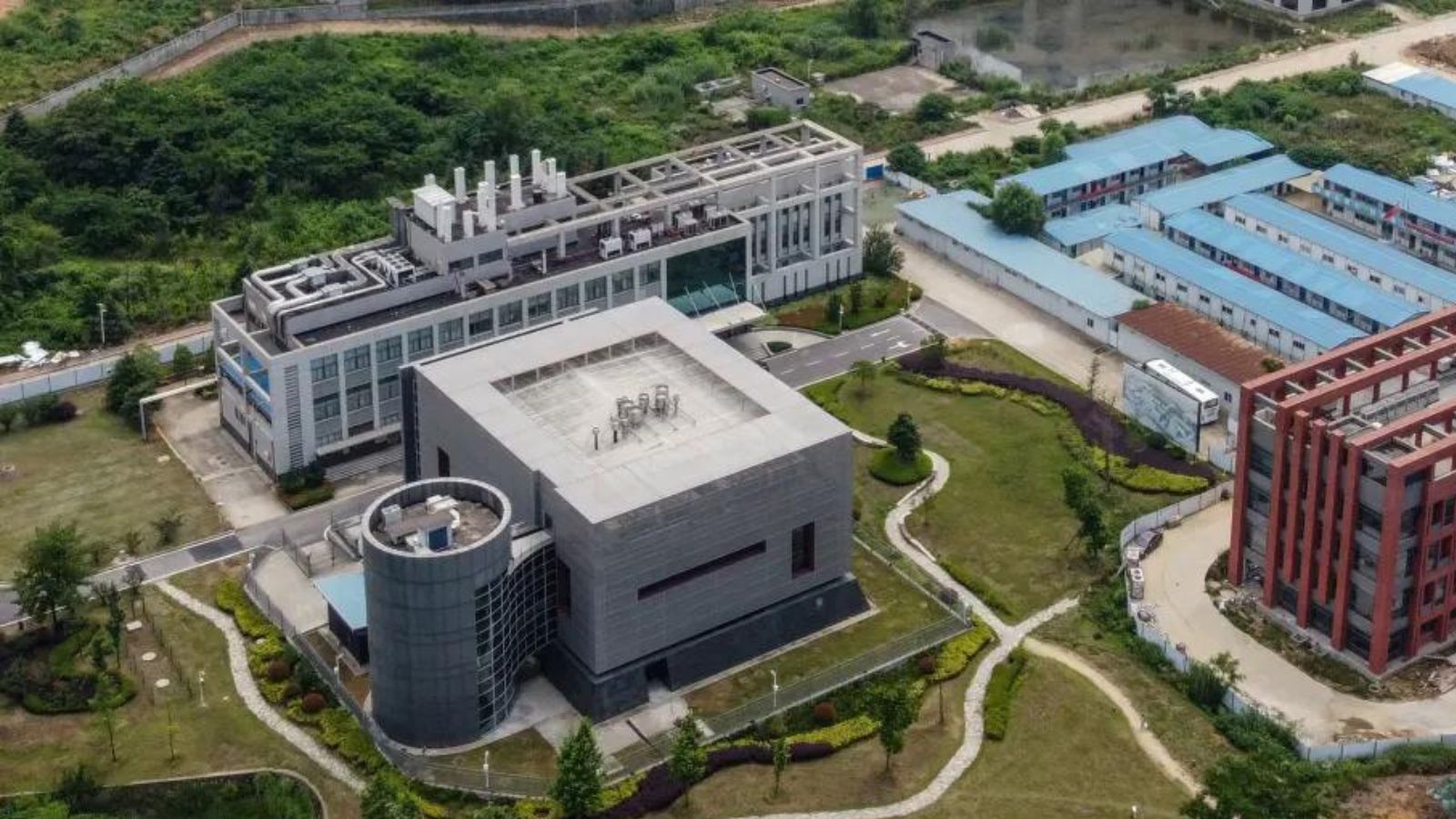
Hector Retemal | AFP | Getty Images
In March 2023, Congress passed the COVID-19 Origin Act, granting the Office of the Director of National Intelligence 90 days to declassify and disclose intelligence regarding the Wuhan Institute of Virology’s potential role as the origin of SARS-CoV-2.
Read More: Pressure Mounts on NATO Allies Following Germany’s Move to Deploy Military
The Lab Leak Debate

The subsequent report, released after the Congressional deadline, revealed a divided intelligence community’s views on the virus’s exact origin.
The National Intelligence Council, along with four other intelligence agencies, suggested that natural animal exposure was the most probable cause of the initial infection.
FBI and DoE Thought Otherwise
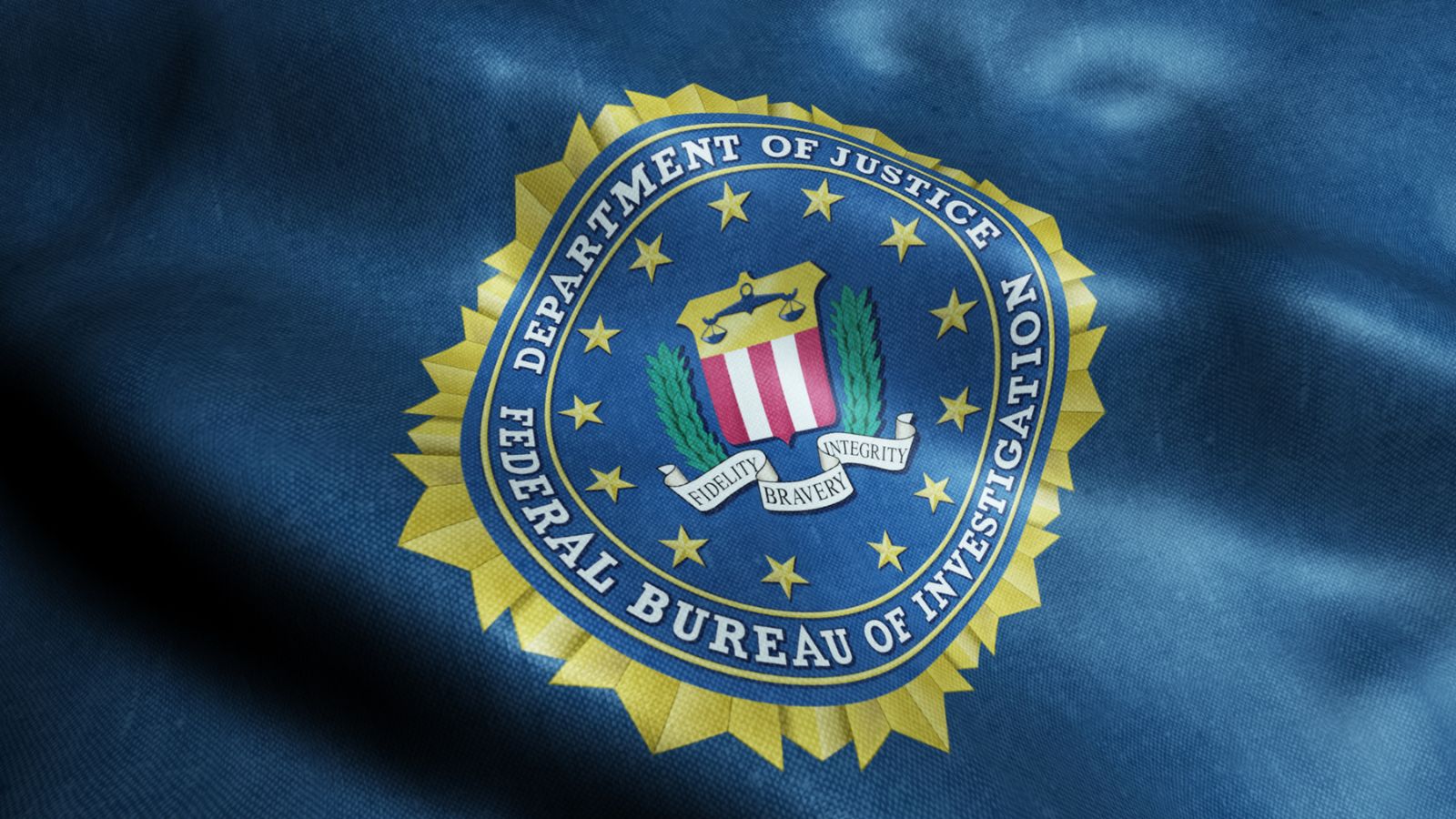
In contrast, the Department of Energy and the FBI leaned towards a laboratory-associated incident as the likely source. However, there was consensus across the intelligence community that the virus was neither lab-adapted nor engineered as a bioweapon.
Unearthing Suppression of Lab Leak Theory

The select subcommittee delved into the suppression of the lab leak theory and scrutinized the scientific paper, “The proximal origins of SARS-CoV-2,” published in Nature Medicine in March 2020, which initially discredited the lab leak hypothesis. Subpoenas were issued to the paper’s authors, shedding light on the National Institutes of Health’s involvement in its publication.
Also Read: NYT Corrects Hunter Biden Quote Amidst Backlash For “Illiberal Bias”
The Turning Point

Communications between the paper’s authors in January 2020 hinted at their initial belief in a lab-based origin, but this perspective shifted following a February 1, 2020, phone call with top NIH and World Health Organization officials. Notable figures on the call included Anthony Fauci, Francis Collins, Lawrence Tabak, and Jeremy Farrar.
Testimonies and Resistance

Authors Kristian Andersen and Robert Garry testified before the subcommittee in July, denying any conspiracy to manipulate evidence against the lab leak theory. Subsequently, the Department of Health and Human Services obstructed congressional investigations into the virus’s origins, citing resource constraints.
Bipartisan Call for Biosafety

Bolstering biosafety and biosecurity standards emerged as a bipartisan concern from the investigation. In October, the subcommittee held hearings on enhancing oversight of dangerous pathogen research, focusing on strengthening both domestic and international biosafety regulations. Reforms related to funding and WHO’s enforcement abilities have been discussed.
Read More: Trump Campaign Lawyer’s Testimony Unveils Nevada Fake Elector Scheme
2024 Priorities
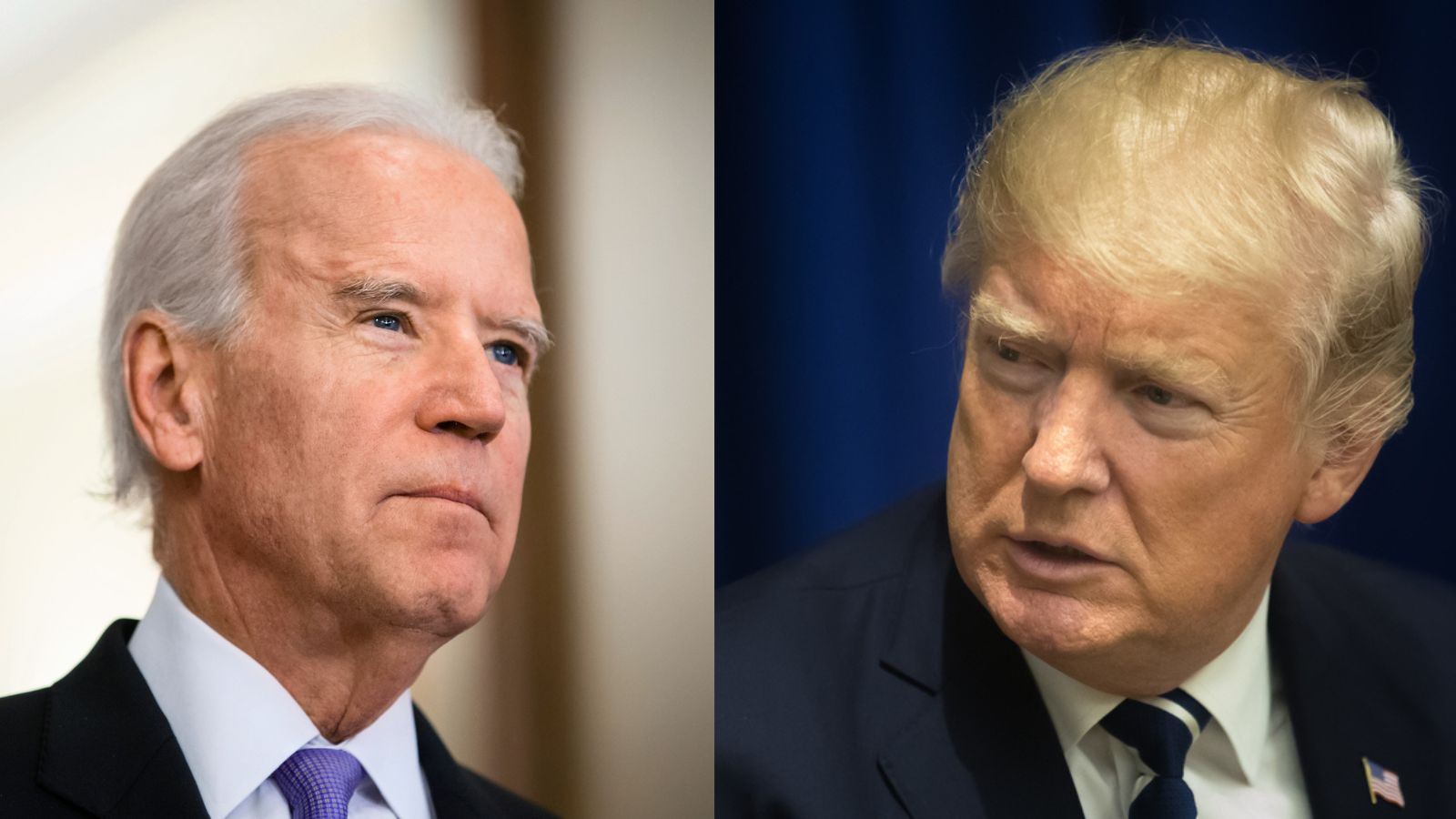
As the 119th Congress approaches in 2025, Chairman Wenstrup, who won’t seek reelection, highlighted crucial tasks for the subcommittee. Fauci’s transcribed interviews regarding his role in understanding the virus’s origins and advising Presidents Trump and Biden are on the agenda.
Preventing WHO From Being Misused

Wenstrup also intends to engage with WHO officials, including Director-General Tedros Adhanom Ghebreyesus, to prevent the WHO from becoming a geopolitical tool. In spring 2024, the WHO will unveil the final draft of the Pandemic Accords, an international pact on pandemic preparedness.
Read Next: Turkey and Hungary Reevaluate Ties with Russia Amid Ongoing Ukraine Conflict
More From The Stock Dork – Understanding the JN.1 Variant’s Impact on the COVID-19 Saga
More From The Stock Dork – What You Need to Know About COVID Tests at Home
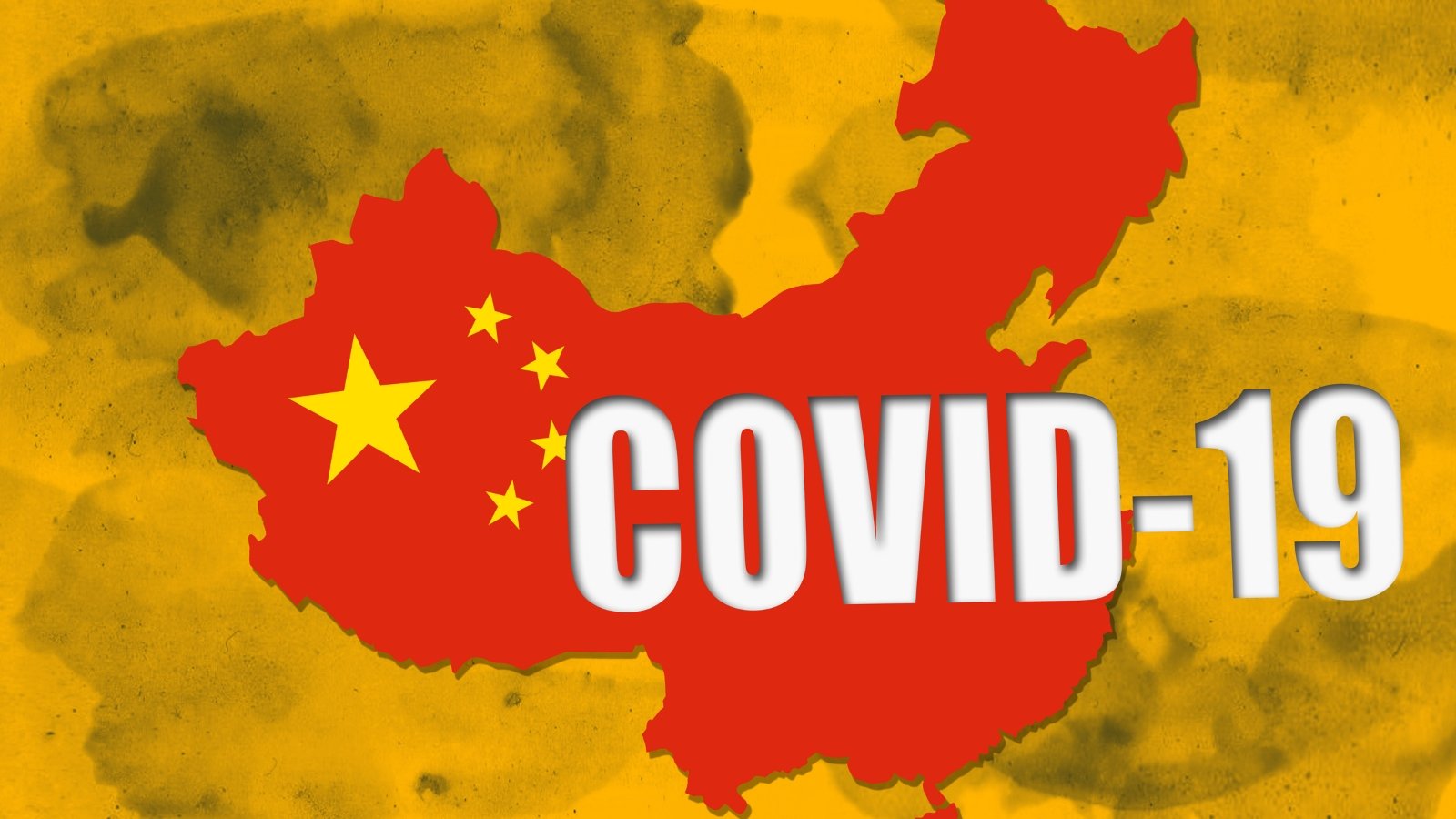
More From The Stock Dork – How to Identify if You Have COVID, Flu, RSV, or Strep Infection

More From The Stock Dork – HV.1 Variant Becomes the New Face of COVID-19 in the U.S.
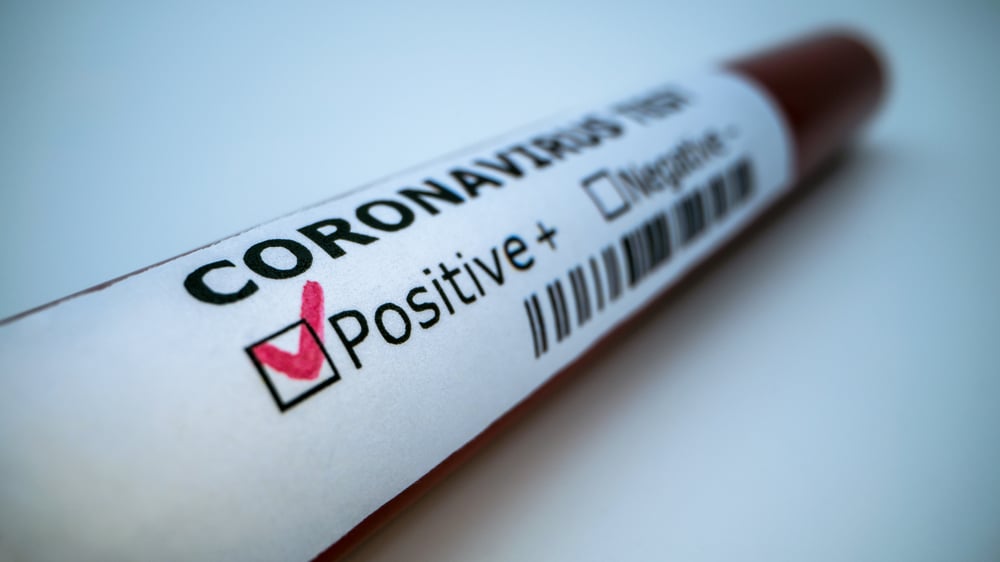
More From The Stock Dork – U.S. Still Awaiting Peak Covid and Flu Levels, Says CDC Director




 Tags:
Tags:










